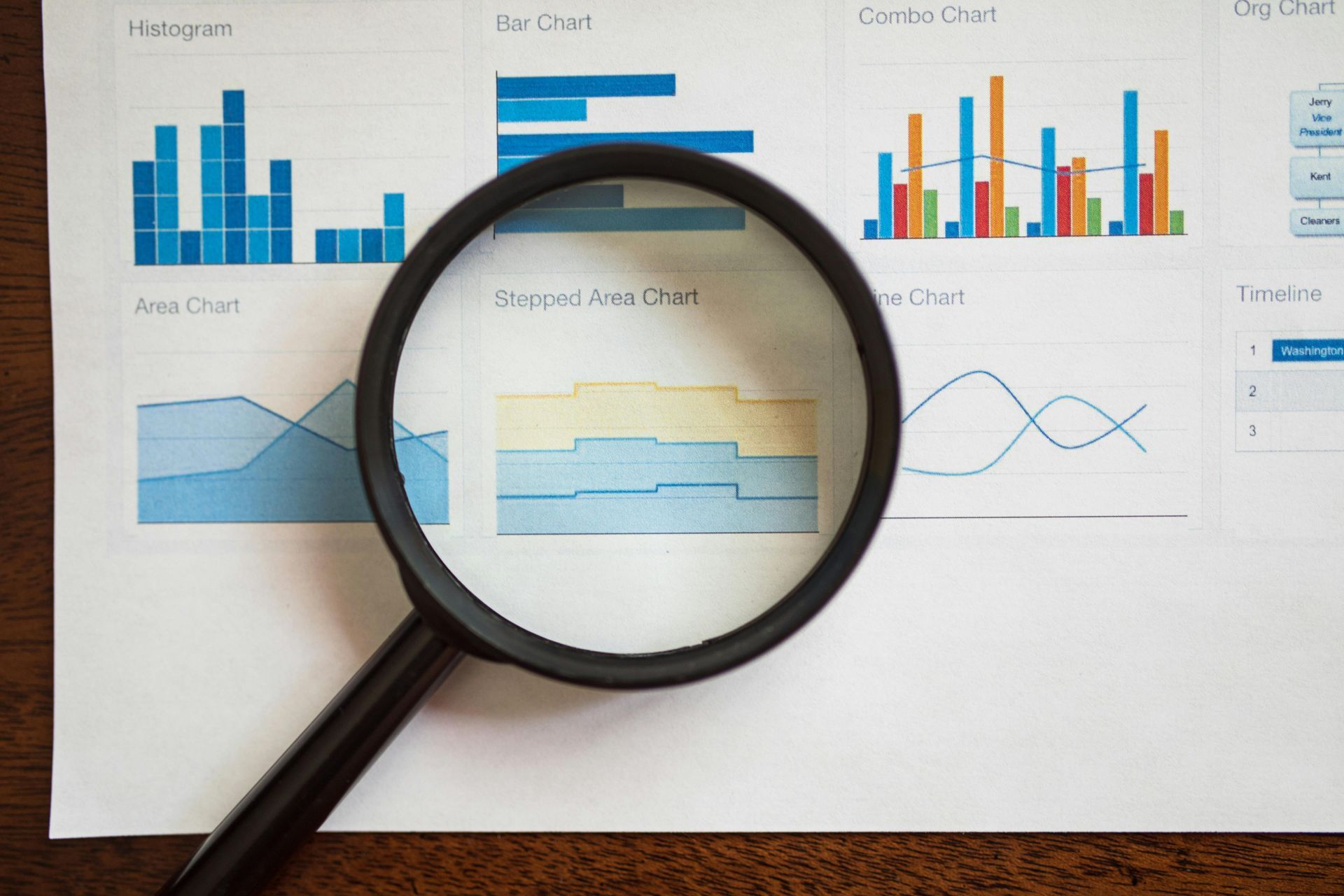How to Keep Projects Moving Without Constant Follow-Up
Building Systems That Drive Progress Without Micromanaging

If you’ve ever felt like the only way to keep a project on track is by chasing people down for updates, you’re not alone. Many project leaders spend more time following up than leading forward. But it doesn’t have to be that way.
Keeping projects moving shouldn’t depend on constant reminders, it should rely on systems, clarity, and accountability. When expectations are set up front and progress is tracked visibly, teams stay in motion without needing daily nudges.
Why Projects Stall Without Systems
Lack of clarity is often the root cause of slow progress. When team members don’t fully understand what’s expected, when it’s due, or how their work fits into the bigger picture, delays are almost guaranteed. Add in competing priorities or limited visibility, and even a strong project plan can stall.
Micromanaging isn’t the answer, but neither is it silence. Project leaders need a structure that supports steady progress while still giving teams space to work independently.
Simple Ways to Build Momentum Without Over-Follow-Up
1. Set Clear Ownership and Deadlines
From the start, define who is responsible for what, and by when. Assigning a task isn’t enough. Be specific about the outcome, timeline, and how progress will be reviewed. This reduces confusion and builds a sense of accountability.
Ask: “Who owns this? When can we expect it? How will we know it’s complete?”
2. Use a Shared Visual Tracker
Whether it’s a simple spreadsheet, a Kanban board, or a project management tool, use a central place to track progress. When the status of each task is visible to everyone, it reduces the need for individual check-ins.
Make it a routine to update the tracker weekly, even if it's just marking progress or noting a delay. Transparency builds trust and saves time.
3. Create a Weekly Project Rhythm
A weekly rhythm helps keep projects moving without daily reminders. This could include:
- Monday team syncs to review priorities
- Mid-week task updates in the tracker
- Friday summaries or quick wins review
A consistent cadence keeps the project top of mind and helps surface issues early.
4. Ask for Updates, Not Just Status
Instead of asking “Is it done?”, shift the conversation to:
- “What’s moving forward this week?”
- “Any blockers we should address?”
- “Is there anything you need to stay on track?”
This approach encourages problem-solving and collaboration, rather than just checking boxes.
The Role of Trust in Project Momentum
Ultimately, teams move better when there’s mutual trust. That comes from clear communication, predictable systems, and accountability that’s built into the process, not imposed on top of it.
Leaders don’t have to hover when their teams know what to do, how to share progress, and what success looks like.
Key Takeaways
- Clear ownership and expectations reduce the need for repeated follow-up
- A shared visual tracker creates transparency and shared accountability
- A consistent weekly rhythm keeps the project moving forward
- Asking thoughtful, progress-focused questions builds engagement and momentum
Conclusion
Keeping projects moving doesn’t require chasing updates, it requires structure. With clear expectations, shared tracking, and consistent communication, teams stay focused and accountable without needing constant reminders.
At The Soomitz Group, our practical workshops focus on project management techniques that operational teams can use to deliver on their critical initiatives.
Contact us today to learn how we can help your team build sustainable project momentum without micromanaging.










